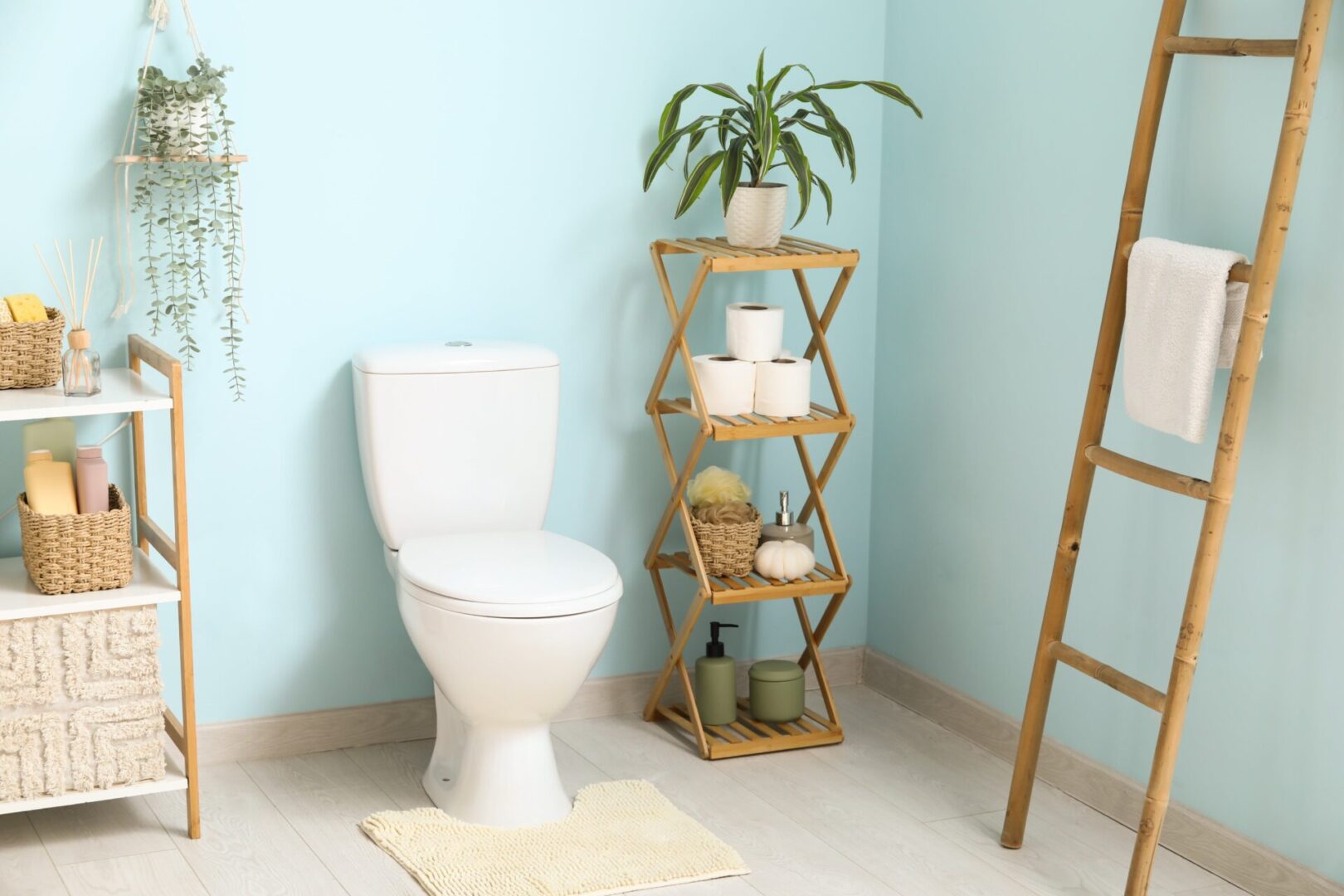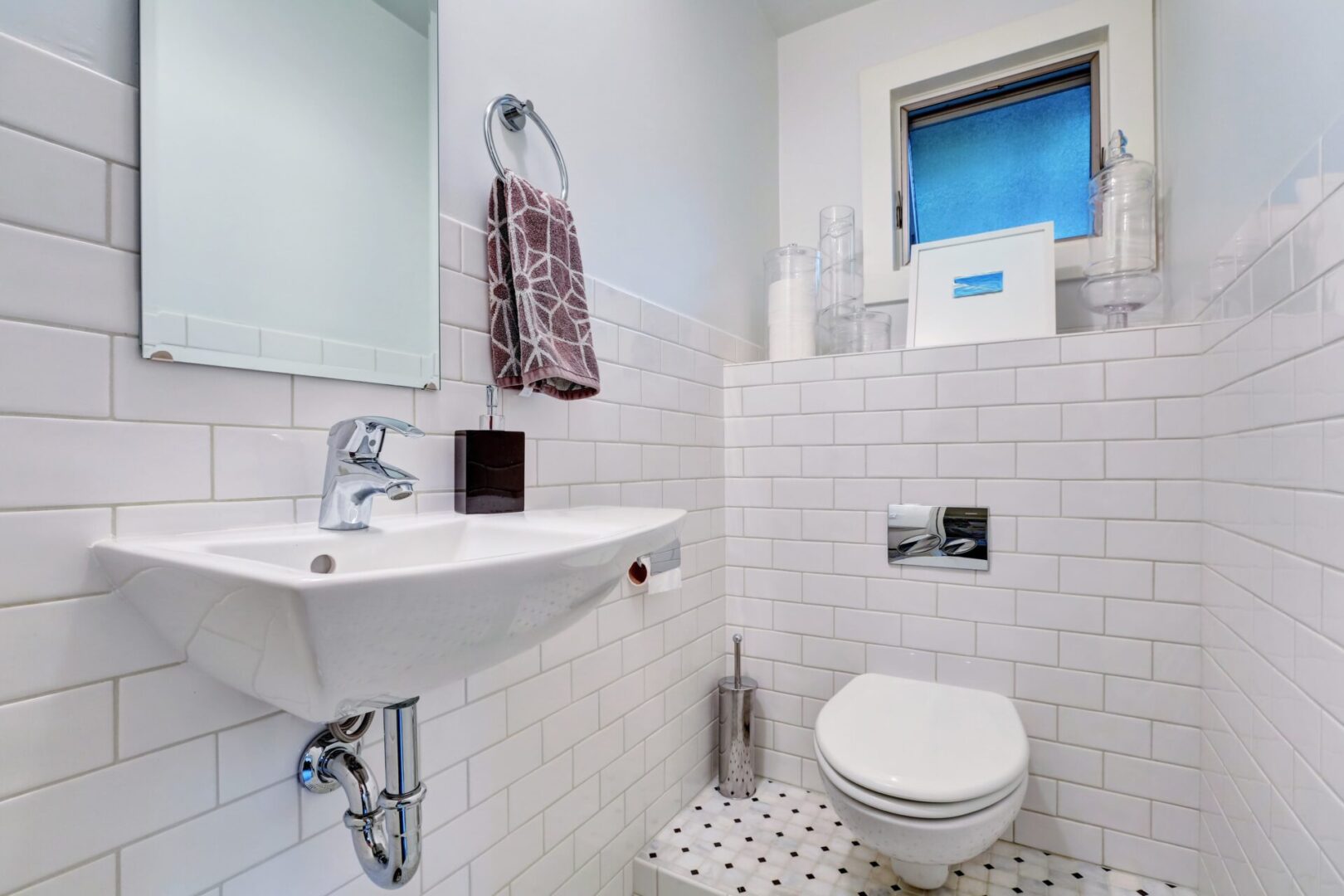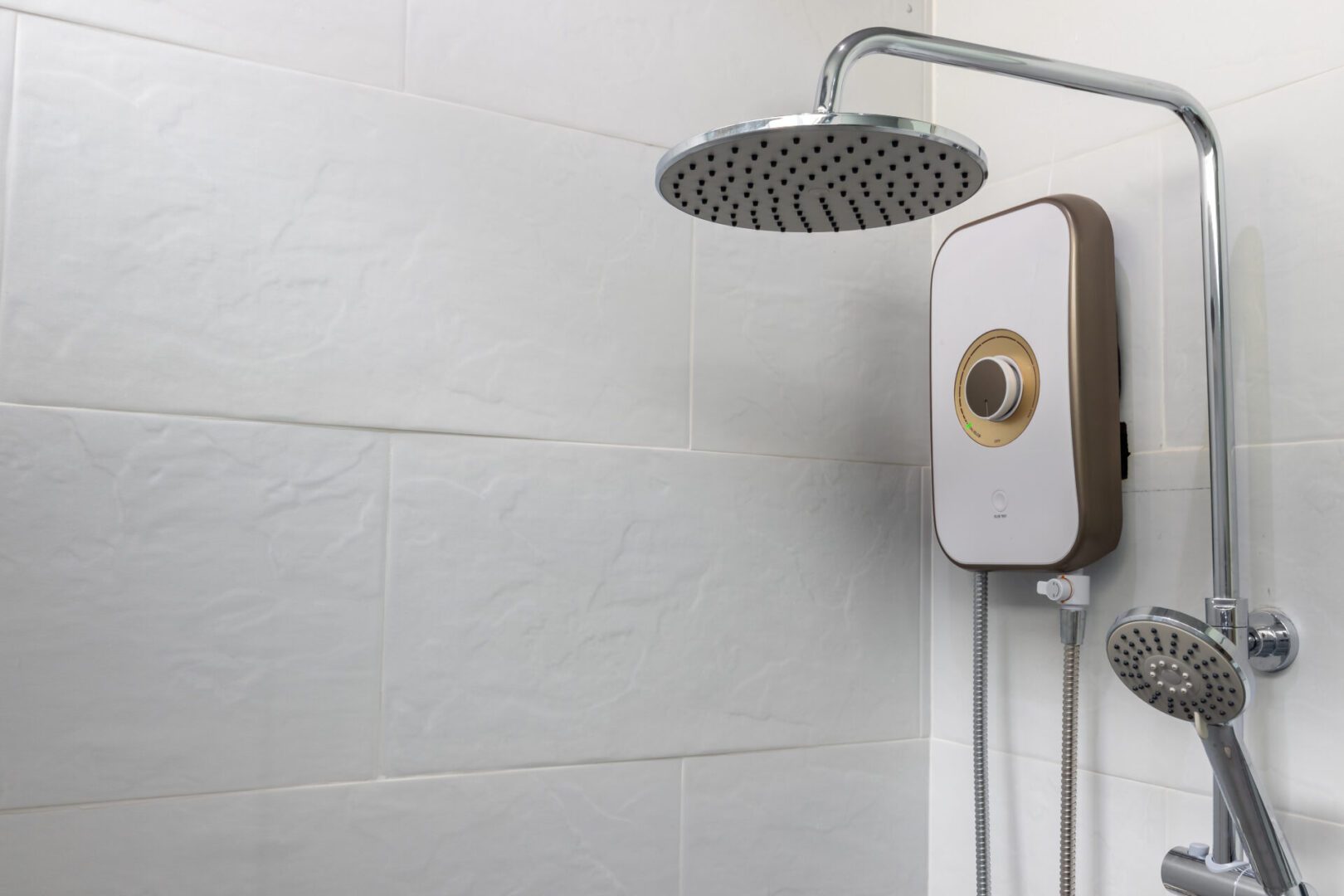
What is a Comfort Height Toilet?
What is a comfort height toilet and how does it differ from standard toilet height? It’s simple really, a comfort height toilet is designed to be slightly higher than a standard toilet, sometimes up...
View ArticleIf you’re looking to update your bathroom, your attention might be on the shower area, and the many different shower supplies you can install.
In this blog, we’ll be answering ‘what is a thermostatic shower?’ specifically, a brilliant addition to your home.
So, let’s take a look.
A thermostatic mixer shower draws water from hot and cold water supplies, combining or ‘mixing’ the two different flows to achieve the perfect temperature as you shower.
Unlike manual mixer showers, they avoid the fuss of changing the temperature whenever you enter the shower. Because thermostatic showers automatically revert to a temperature that you have set, you’ll never have to suffer through bursts of cold water or a shower that never has that ‘just right’ feeling. This is already one advantage that makes them so great!
It’s important to note that no two thermostatic showers are the same, at least visually. They come in a variety of different brands and designs to suit any bathroom aesthetic.
Keep your eyes peeled when browsing through showers for your personal bathroom or a bathroom to be commercially installed. Projects vary between exposed and concealed models.
A thermostatic mixer shower works in a surprisingly simple way. Rather than depend on two separate taps, it depends on a synchronised mixer valve and a balanced water supply.
Without stable water pressure, mixer showers can’t work at their best.
The valve is the most important component of a mixer shower. A thermostatic mixer valve is what automatically combines the hot and cold water for you, creating the perfect shower temperature. It can instantly react to changes in water temperature to adjust the mixed water back to the temperature you’d prefer.
A bathroom’s hot and cold water supply must be at the same pressure for a thermostatic mixer shower to work. Or, if not at the exact same pressure, the water pressure must be consistent.
This is because, if the incoming water pressure changes at all, the mixer valve cannot mix the hot and cold water at the same rate. This leads to slip-ups like scalding water when you least expect it, or freezing cold.
But, there’s no need to worry! Managing your water pressure is fairly simple.
Thermostatic showers rely on mains pressure, so they do not need a power supply.
How a thermostatic shower works is fairly straightforward, but what about the advantages of such a system? Some of the finest benefits of a mixer shower include:
Fitting a thermostatic mixer shower is simple when carried out by a professional.
Still, for those interested in the commercial installation of a thermostatic mixer shower, it’s important to be familiar with the process.
You should always go about fitting a mixer shower as follows:
Before fitting a mixer shower, always isolate your main water supply by turning off the water main.
Decide where you’d like your mixer shower to go by using a pencil and tape measure against your wall. There should be enough available room for the showerhead and body to fit well, and it shouldn’t be far away from good water supplies.
Using pipe cutters, cut your shower pipe to the right length. This should tee into the hot and cold water supplies that you’ve chosen. Proceed to install the thermostatic valve (or valves) for your shower.
You can drill holes for the valve on either side of your mixer shower. It must fit flush to the pipe, as described below.
You can connect your shower pipe and thermostatic valve using plastic and copper connectors purchased from a reputable bathroom supplier. These connections should be tight and immovable.
The last thing you need to do is install your shower head! Always use the instructions provided by the manufacturer of your mixer shower. Check that it rests at the right height for you, and turn on the water main to check that your shower is working once done.
For professional installation of a thermostatic mixer shower, look no further than Boro Bathroom’s bathroom fitters in Bury and Rochdale. Our fitters bring dream bathrooms to life every day.

What is a comfort height toilet and how does it differ from standard toilet height? It’s simple really, a comfort height toilet is designed to be slightly higher than a standard toilet, sometimes up...
View Article
Half tiled bathroom ideas are almost limitless, simply due to how versatile the design choice is. It offers so many options in terms of different combinations of materials and colours. You almost have more...
View Article
How to replace an electric shower will depend largely on the type and brand of shower you have. Some shower arrangements have different set-up requirements and the fittings used to put them together may...
View Article
We all dream of our bathroom looking as fresh as the day we installed it. But over time, things happen, and your bathroom can collect dirt and grime that make it look less clean...
View Article